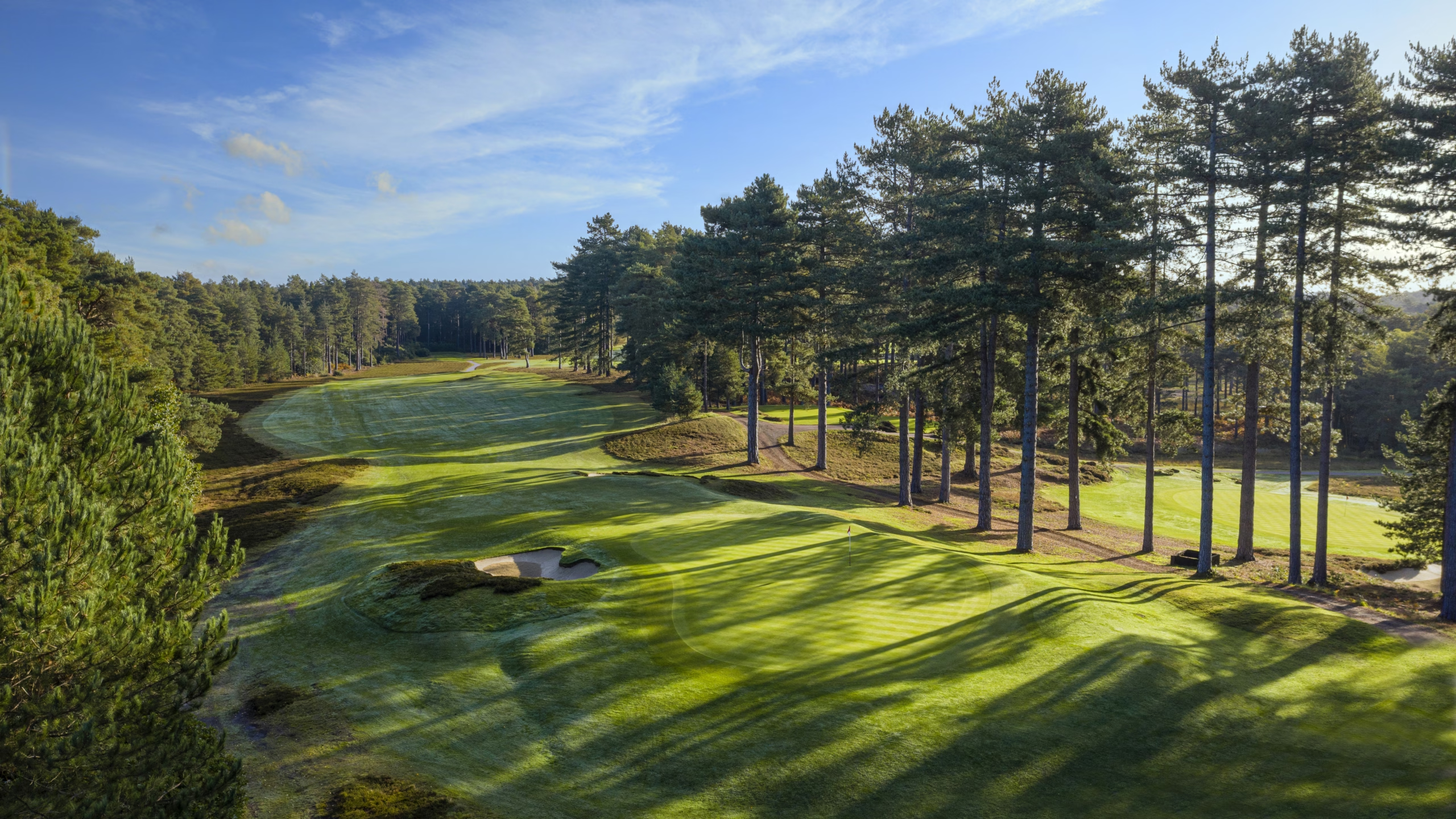A lot of golfers probably play the game without ever really giving this much thought: Par 4s are the foundation of most golf courses – it’s just the way it is.
Perhaps it’s quite simple. When golf was first played, the strategy would be a tee shot, an approach shot and, in order to achieve a par score of four, two putts.
It’s just a theory, although as plausible as it sounds, golf course architect, Jonathan Gaunt, isn’t convinced this is the reason.
“We were always taught by our mentors, one of mine being Martin Hawtree, that there was a general formula that you applied to golf course design, and that was 10 par 4s, four par 3s and four par 5s,” says Gaunt, who has worked on over 400 courses around the world.
Perhaps the main reason for having more par 4s is that such ‘mid distance’ holes allowed designers to be more creative and offer greater variety.
The 10th and 11th holes at Augusta National come to mind, two of the best par 4s in golf, as are the 8th at Pebble Beach and the 6th at Seminole.
“I think it also relates to keeping the golfer’s mind focussed – and, I suppose this also relates to two par 3s following one another, or par 5s doing the same,” says Gaunt.
“In general, and certainly in the golf design world, if you do have two par 3s or two par 5s following one another, the consensus is that you haven’t used your imagination or haven’t given the design of the course routing enough deep thought, and I’d tend to agree.
“Two par 4s following one another, though, is perfectly acceptable, and expected. But the aim is to make them as distinctive, memorable, and fun to play as possible.”
Gaunt, who currently has new two resort projects on the go, one in Poland and one in Cyprus, trained through the European Institute of Golf Course Architects. “The 10, 4, 4 formula,” he says, “was just how it worked.”
He adds: “I’ve studied the golf architects of the golden age – Alister MacKenzie, Harry Colt, Herbert Fowler, Tom Simpson, John Abercromby – and there’s no written formula there that says you’ve got to have this.
There are usually more par 4s on an 18-hole golf course, but the configuration varies, and in some cases quite significantly.
The Berkshire Red Course has six par 4s, six par 3s and six par 5s
(Image credit: Kevin Murray)
“Herbert Fowler went off on a…
..
Click Here to Read the Full Original Article at Latest from Golf Monthly in Courses…
